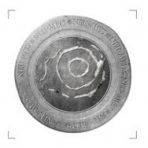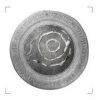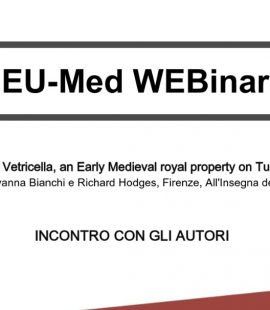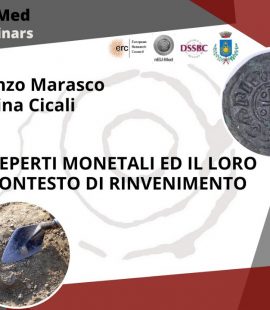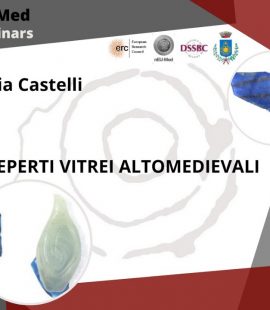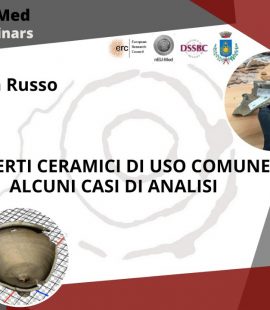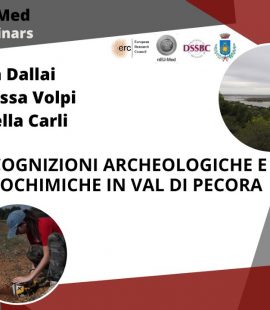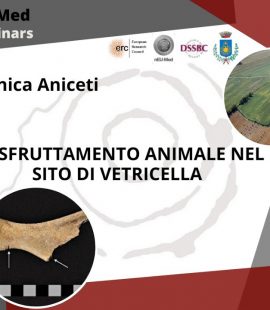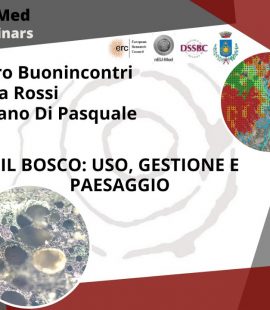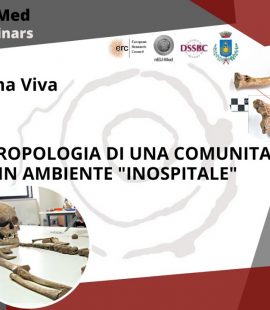The nEU-Med WEBinars: a series of on-line lectures
The nEU-Med WEBinars are a series of on-line lectures held and recorded for the publication of the book The nEU-Med Project: Vetricella, An Early Medieval royal property on Tuscany’s Mediterranean, Giovanna Bianchi and Richard Hodges editors (Firenze, All’Insegna del Giglio, … Read More

